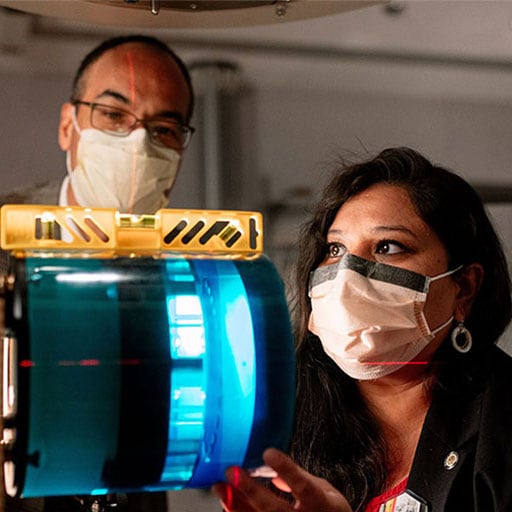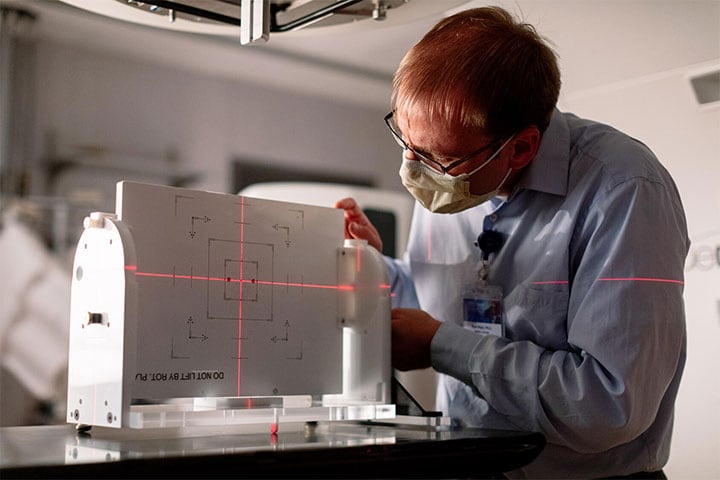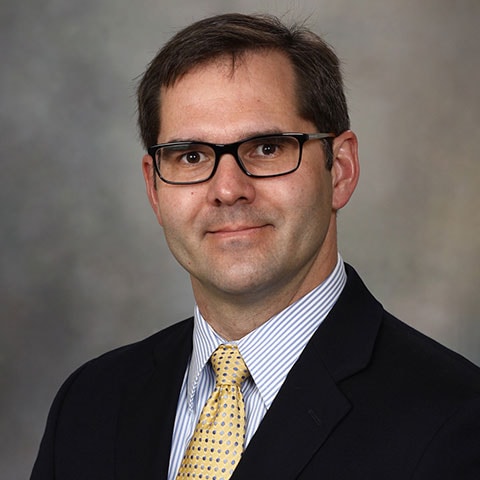The process of treating patients in radiation oncology is one that requires many different people with different specialties. A team approach to all aspects of the department process is required to treat patients safely and effectively. The physics staff has good relationships with physicians, physicists, dosimetrists, and therapists. All are encouraged to participate in discussions relating to patient treatment and give each other feedback when needed. Physics residents are valued for their insights and clear communication when working in the department.
Residents are expected to be in the office from 8 a.m.-5 p.m. In addition to this, they're assigned to share monthly machine QA duties with a staff physicist for one machine. Patient-specific quality assurance is not performed by physics residents, minimizing the number of evenings when residents are required to stay late. While some rotations are busier than others, there is room for research, hobbies, and family life during residency.
Because the Department of Radiation Oncology at Mayo Clinic in Rochester, Minnesota, is very large, there are many opportunities to commission new technologies. Residents commission new linear accelerators, high dose rate afterloaders, and dosimetry equipment both at the main Rochester campus as well as at smaller regional clinics. Past residents have participated in commissioning for a Gamma Knife Icon system, Varian TrueBeam linear accelerators, Varian Ethos linear accelerators, Varian Bravos HDR afterloader, and other clinical equipment. Residents are often included in commissioning of the latest technologies that are trying to be implemented in the clinic.






